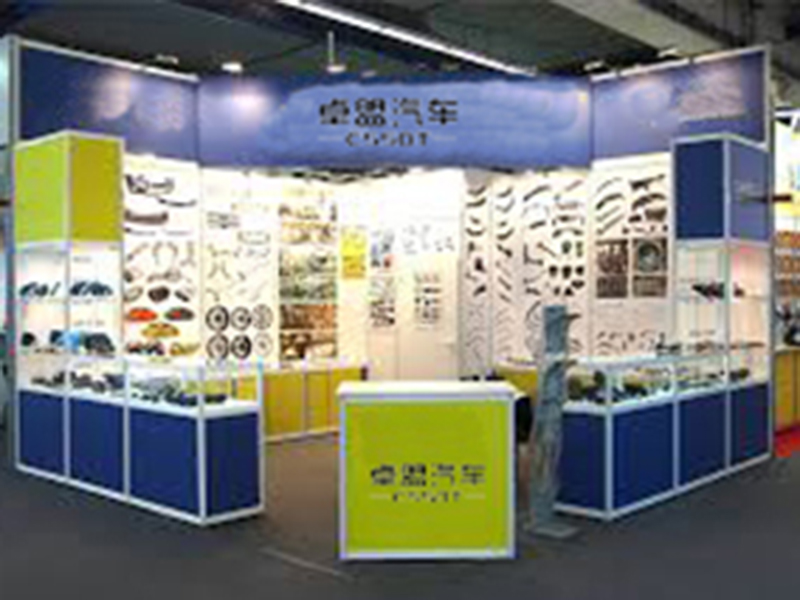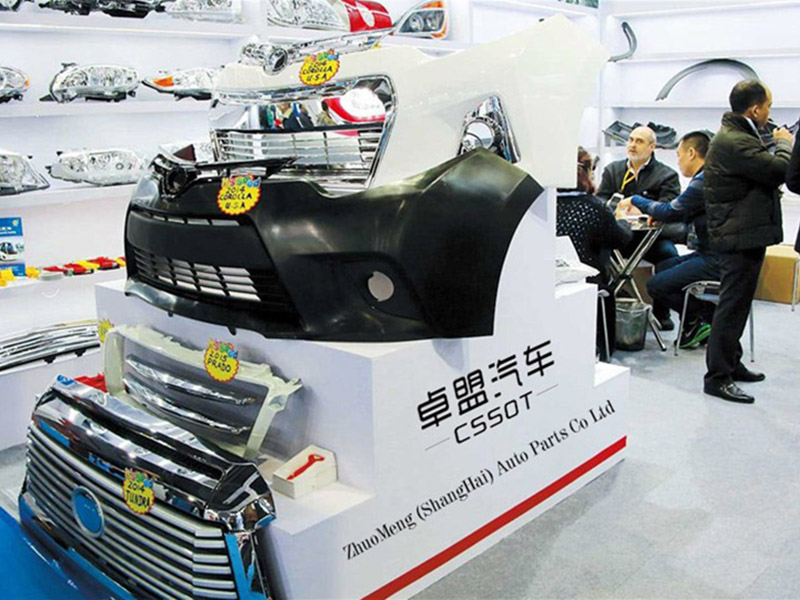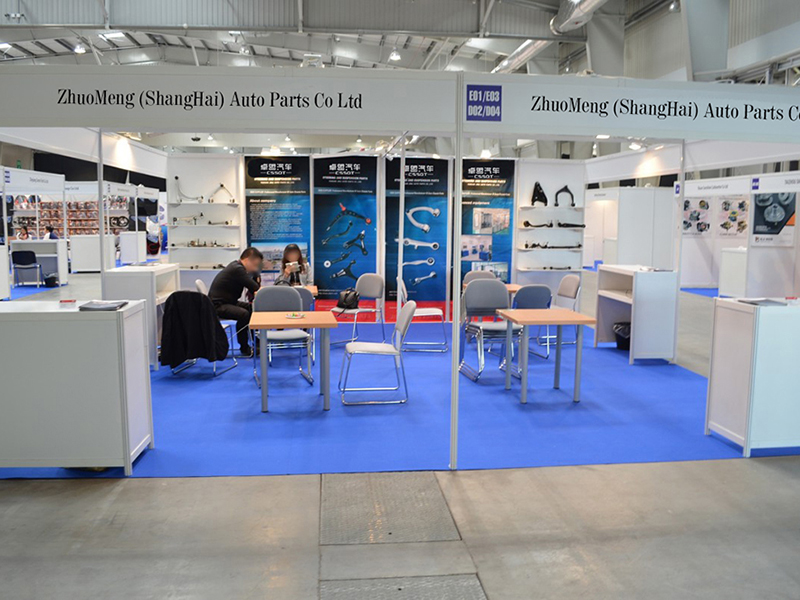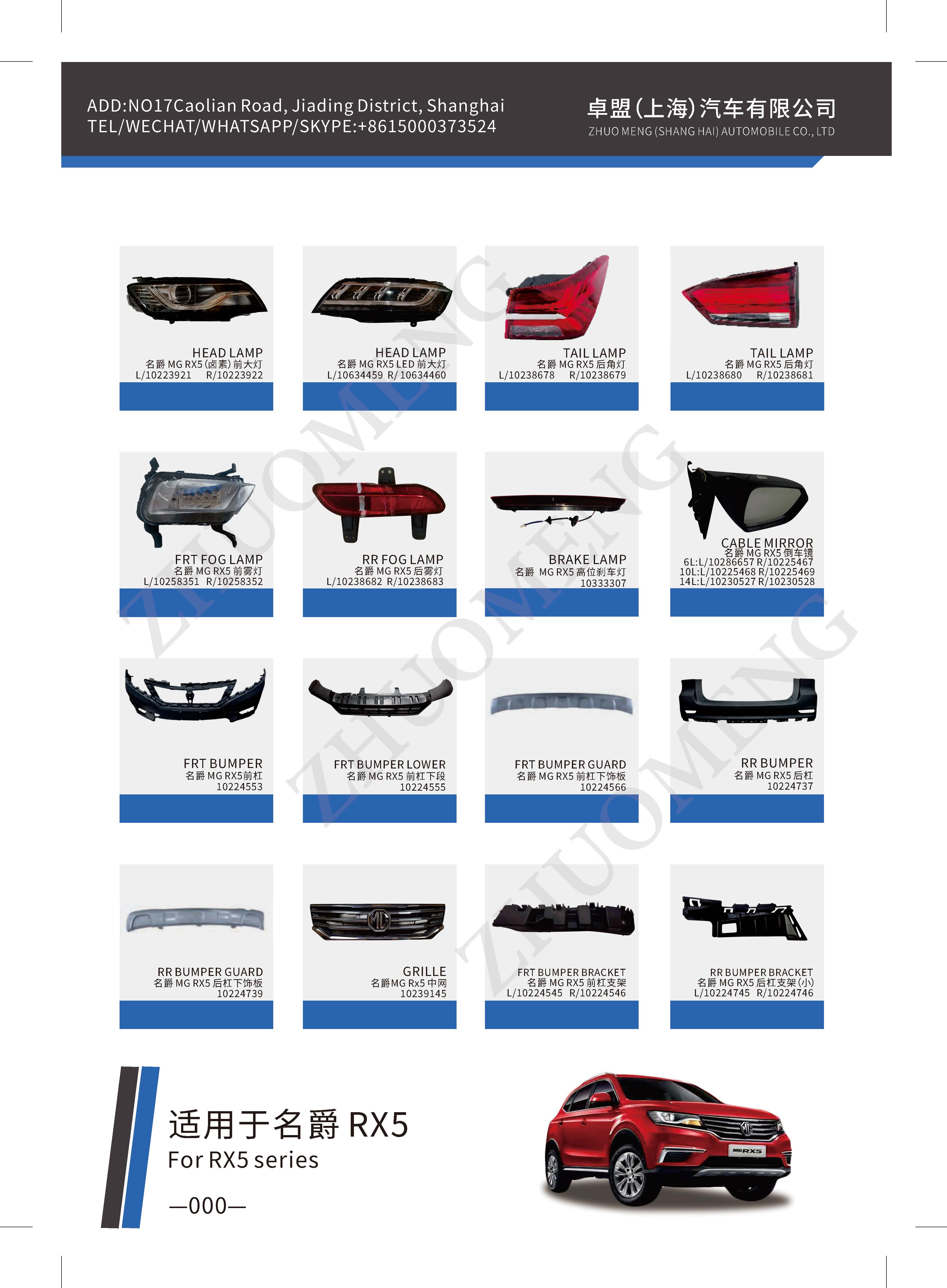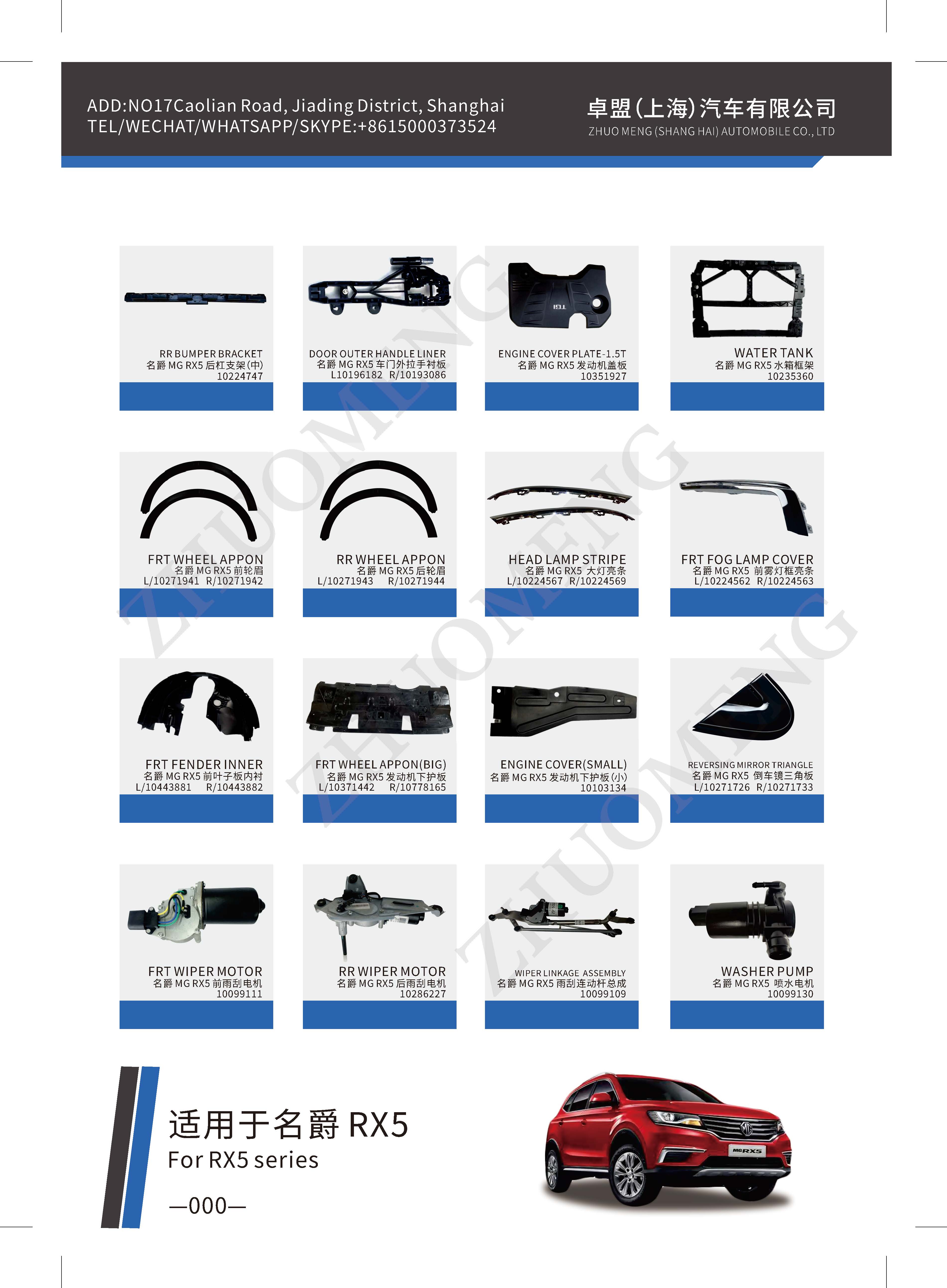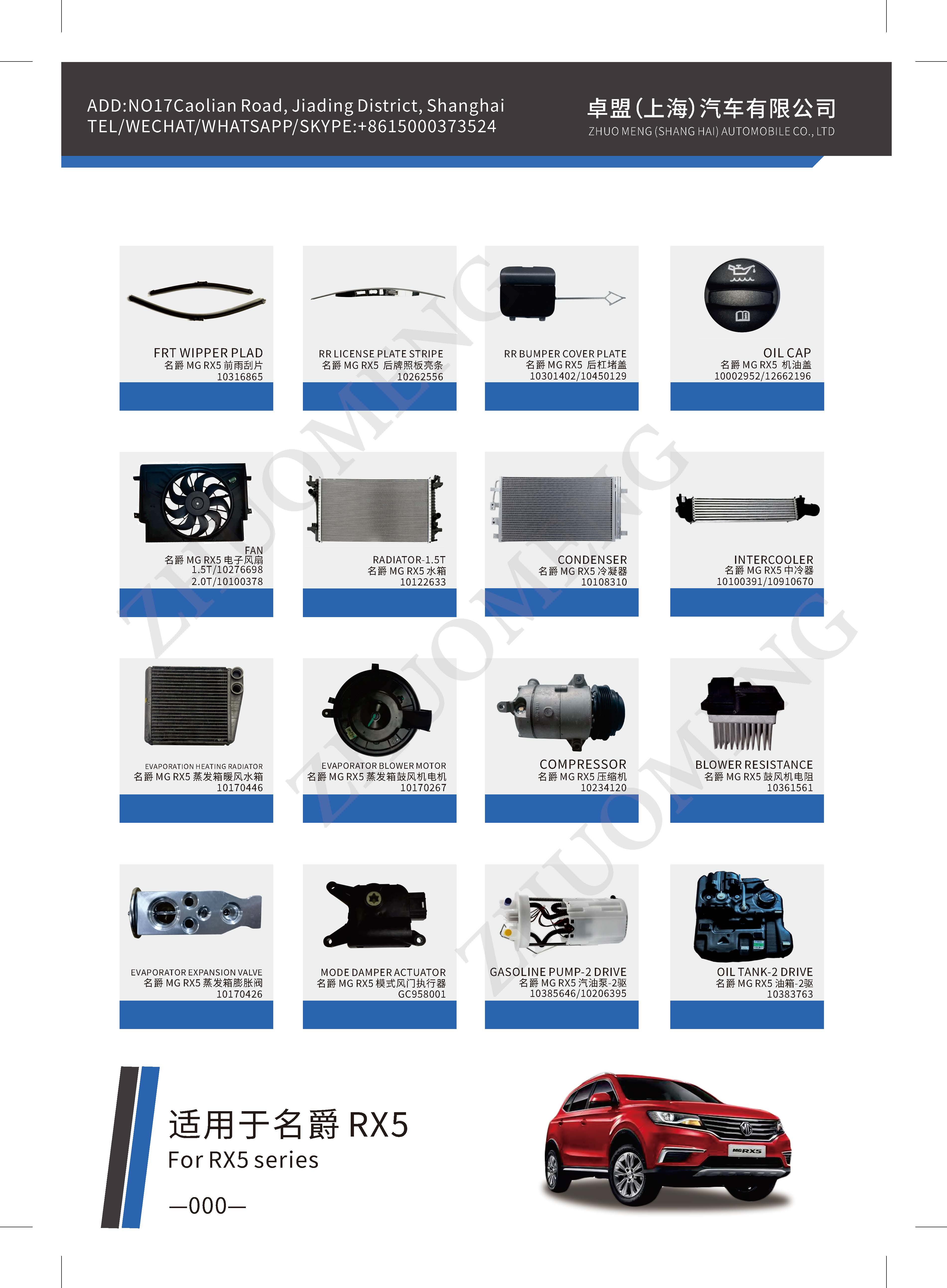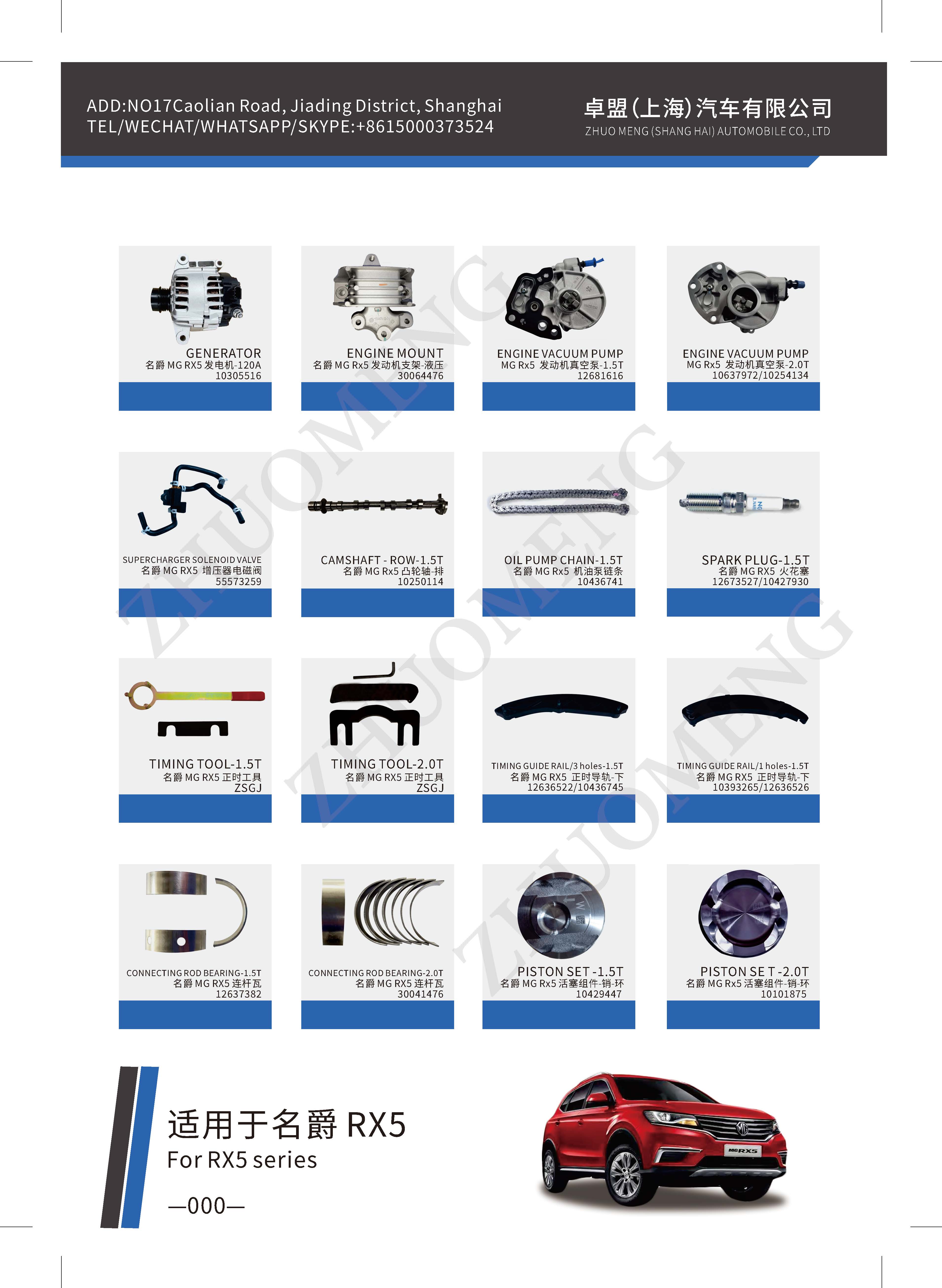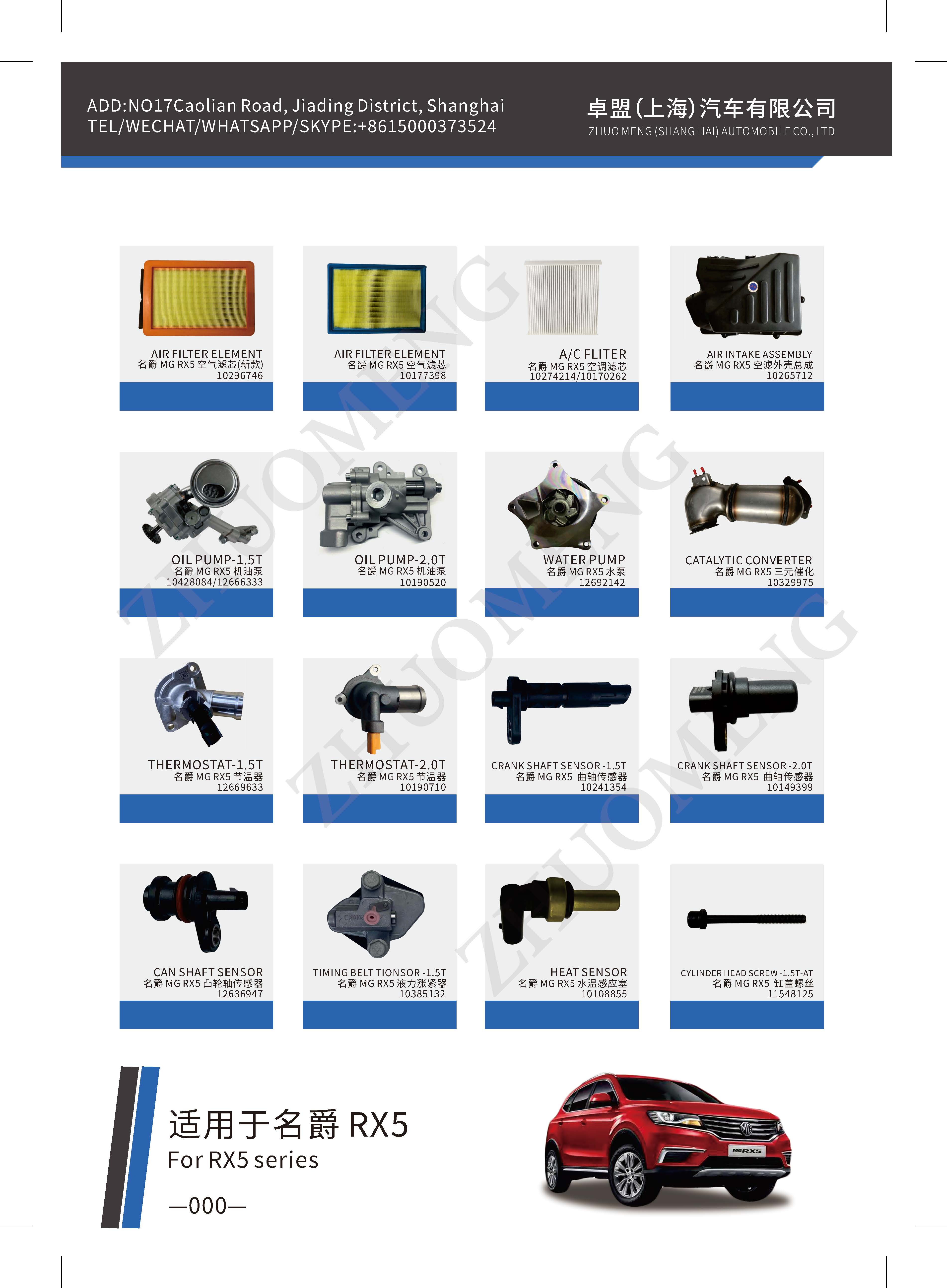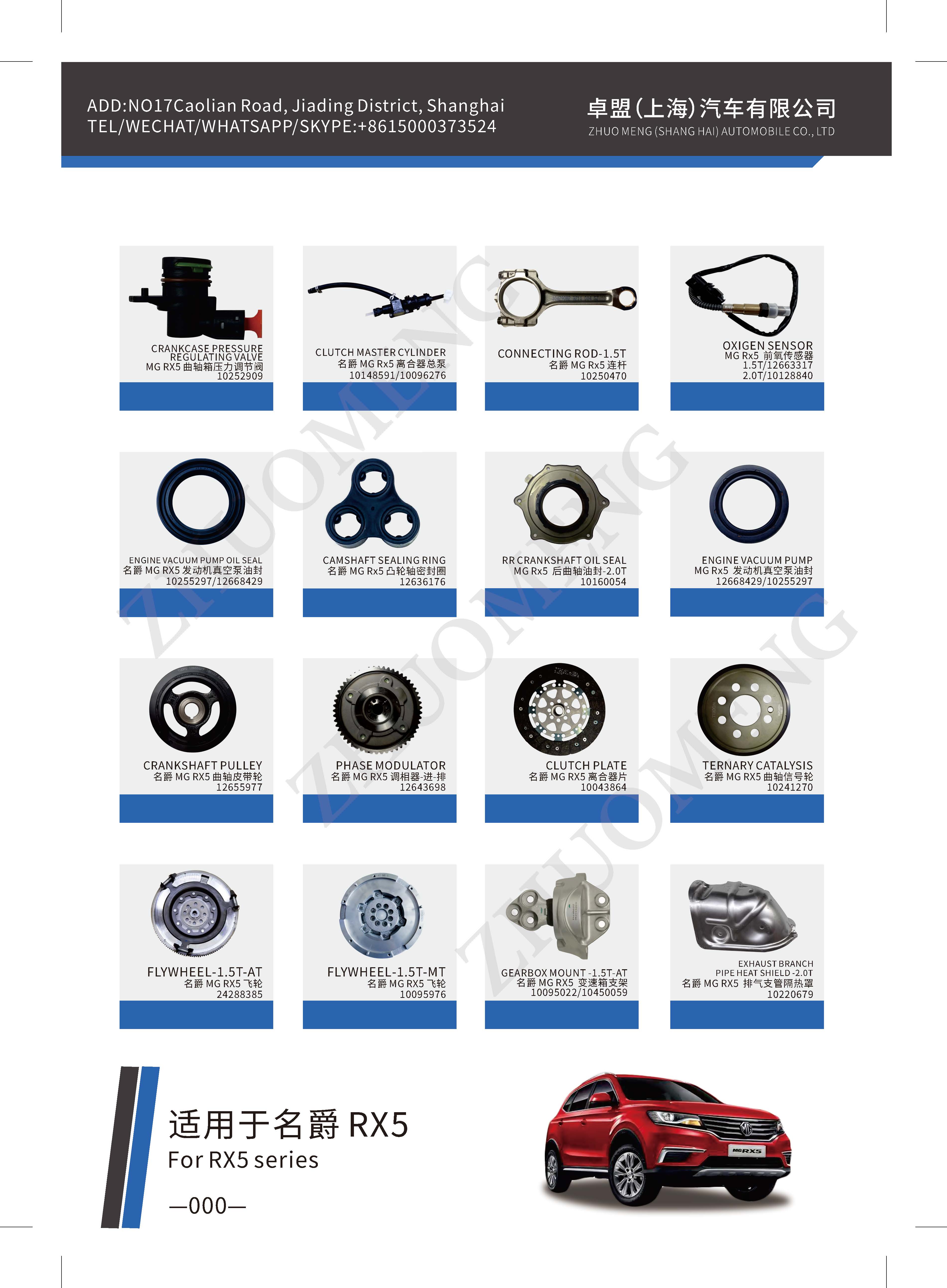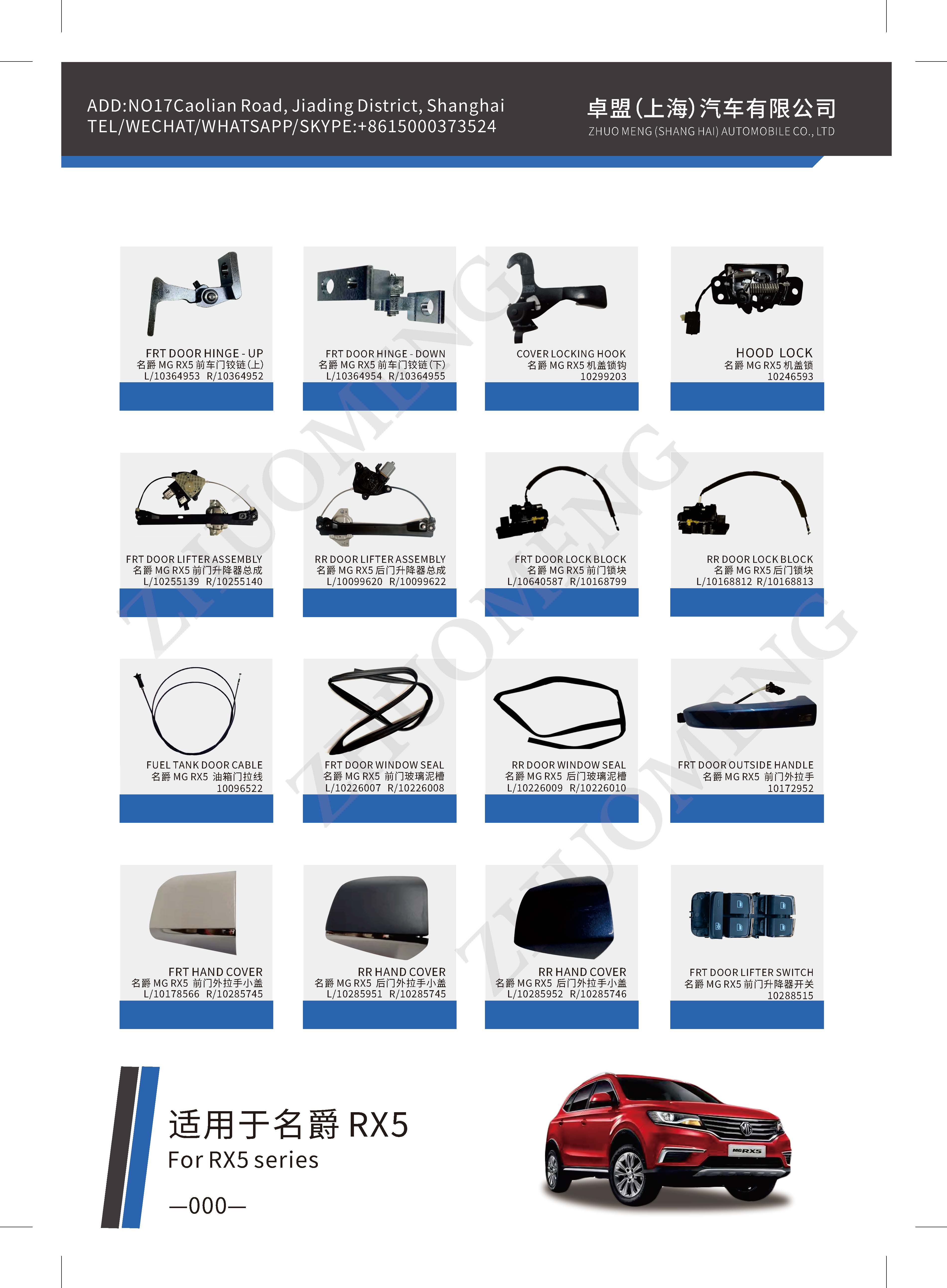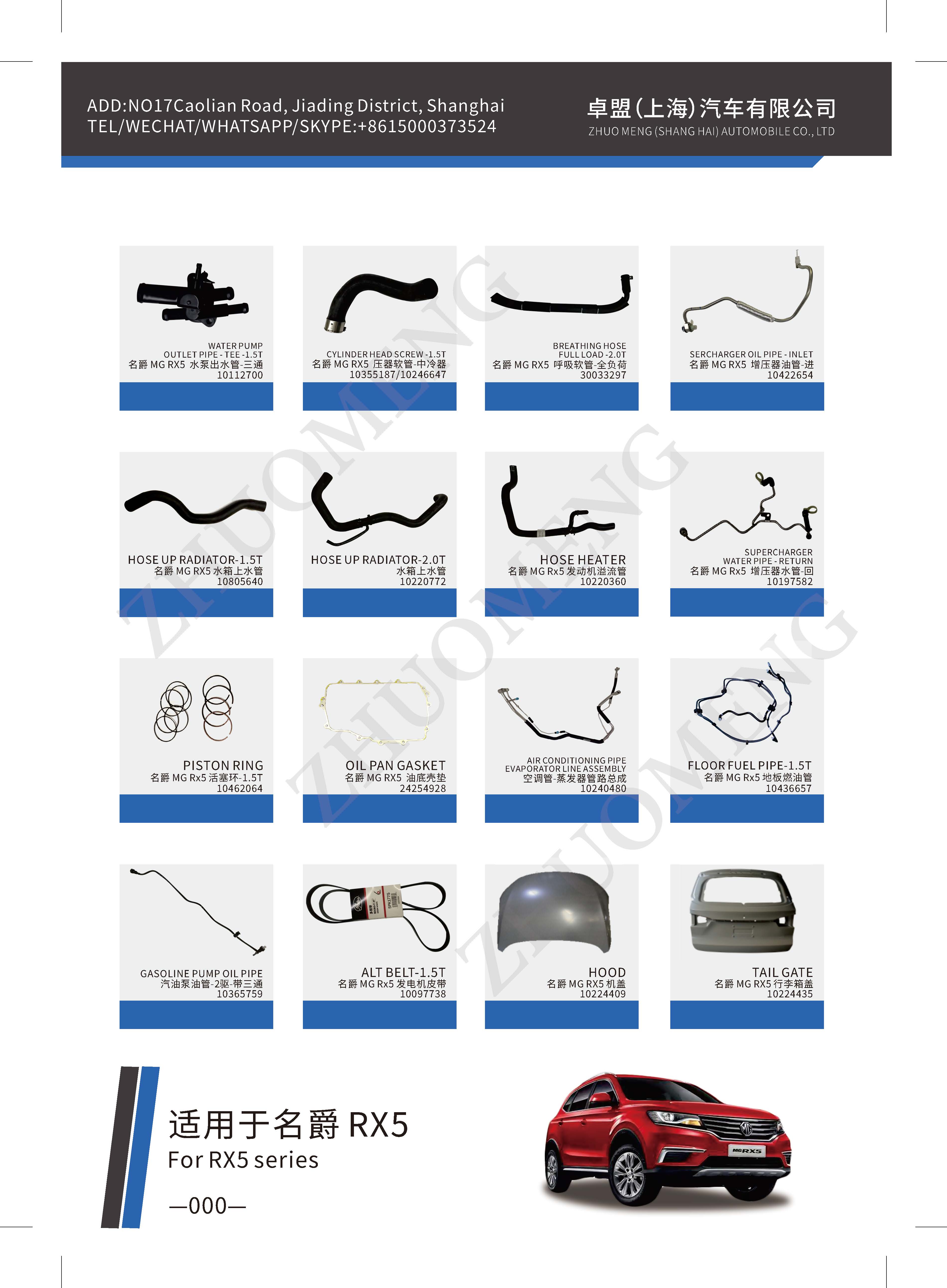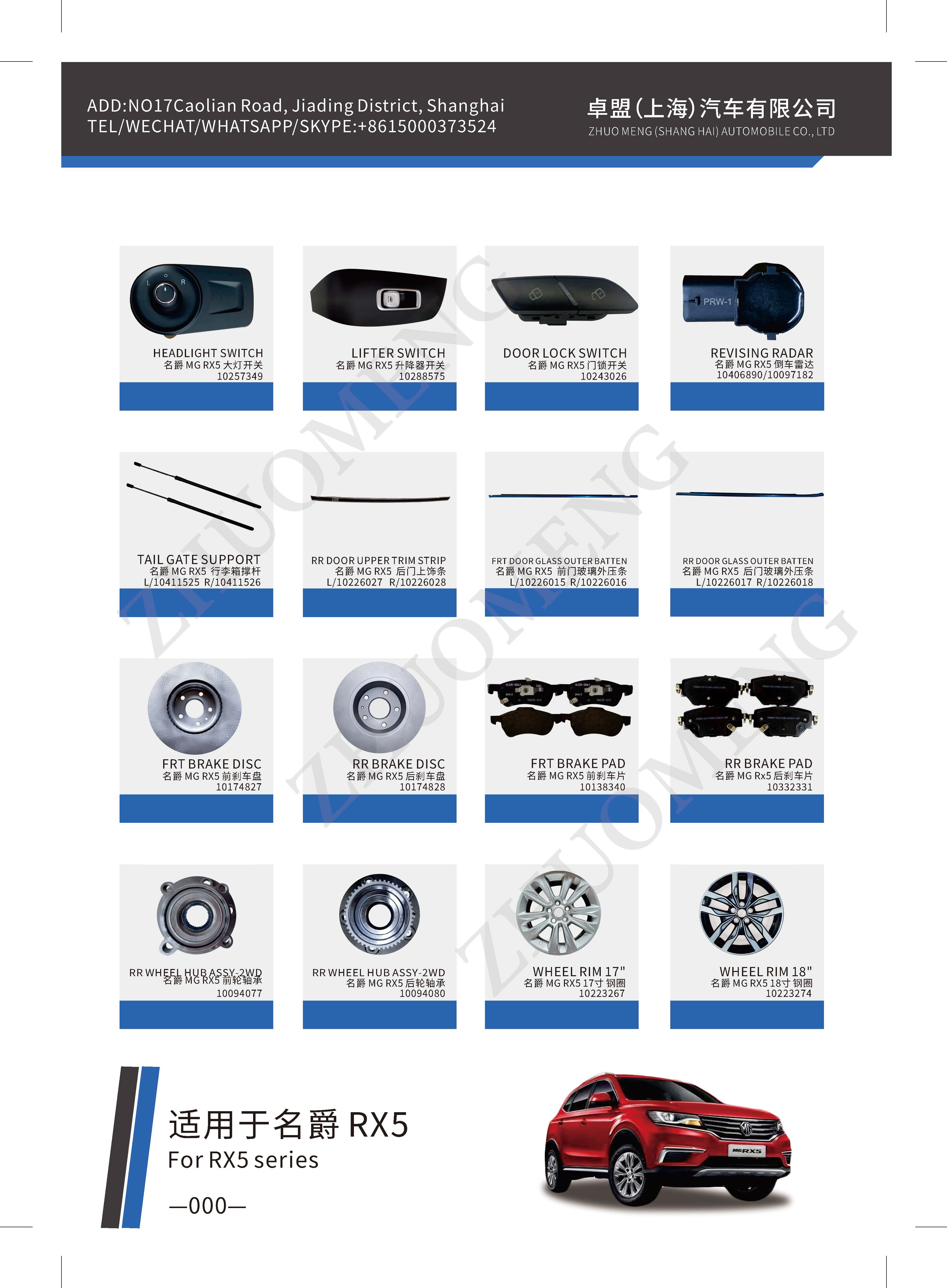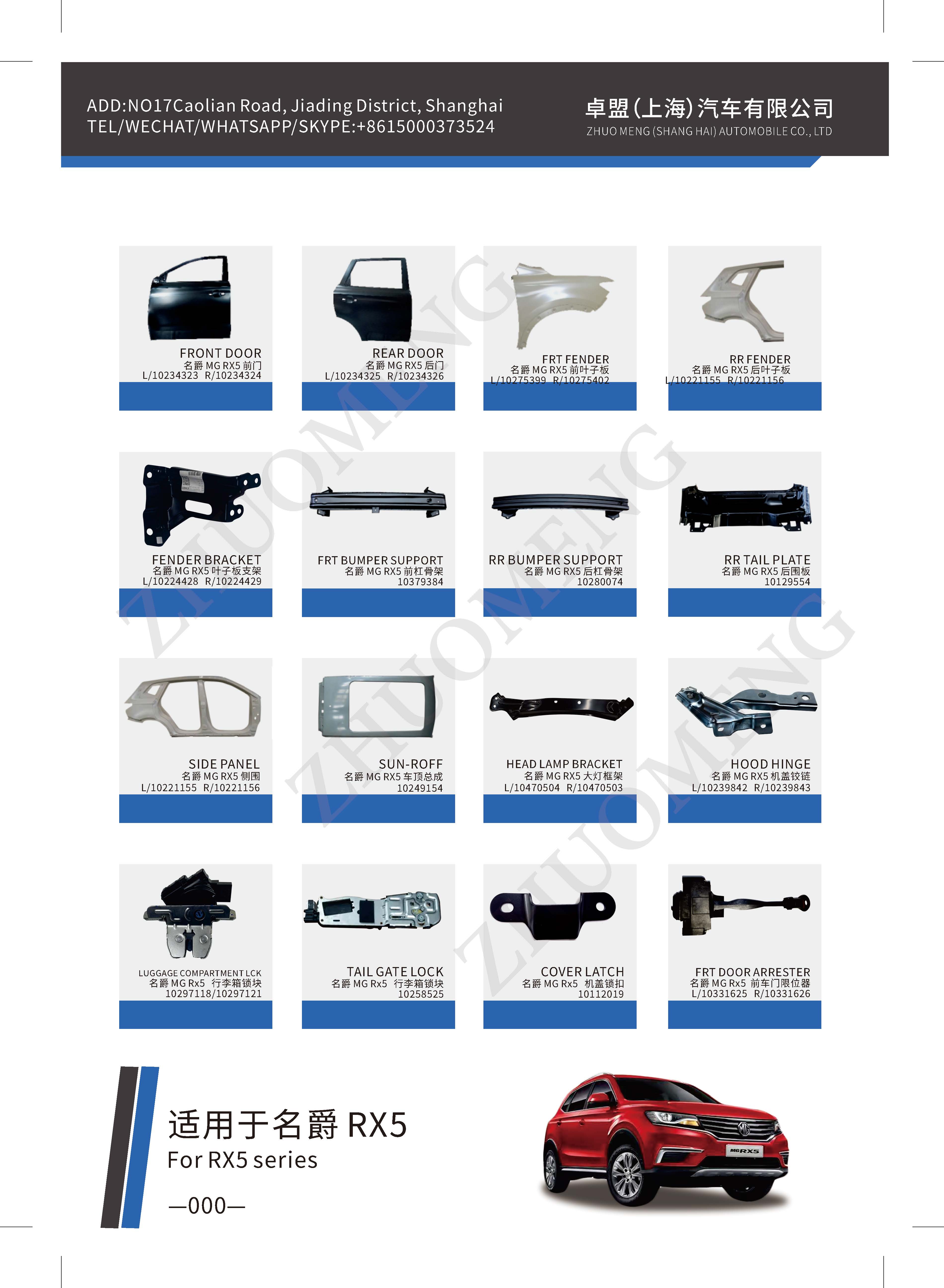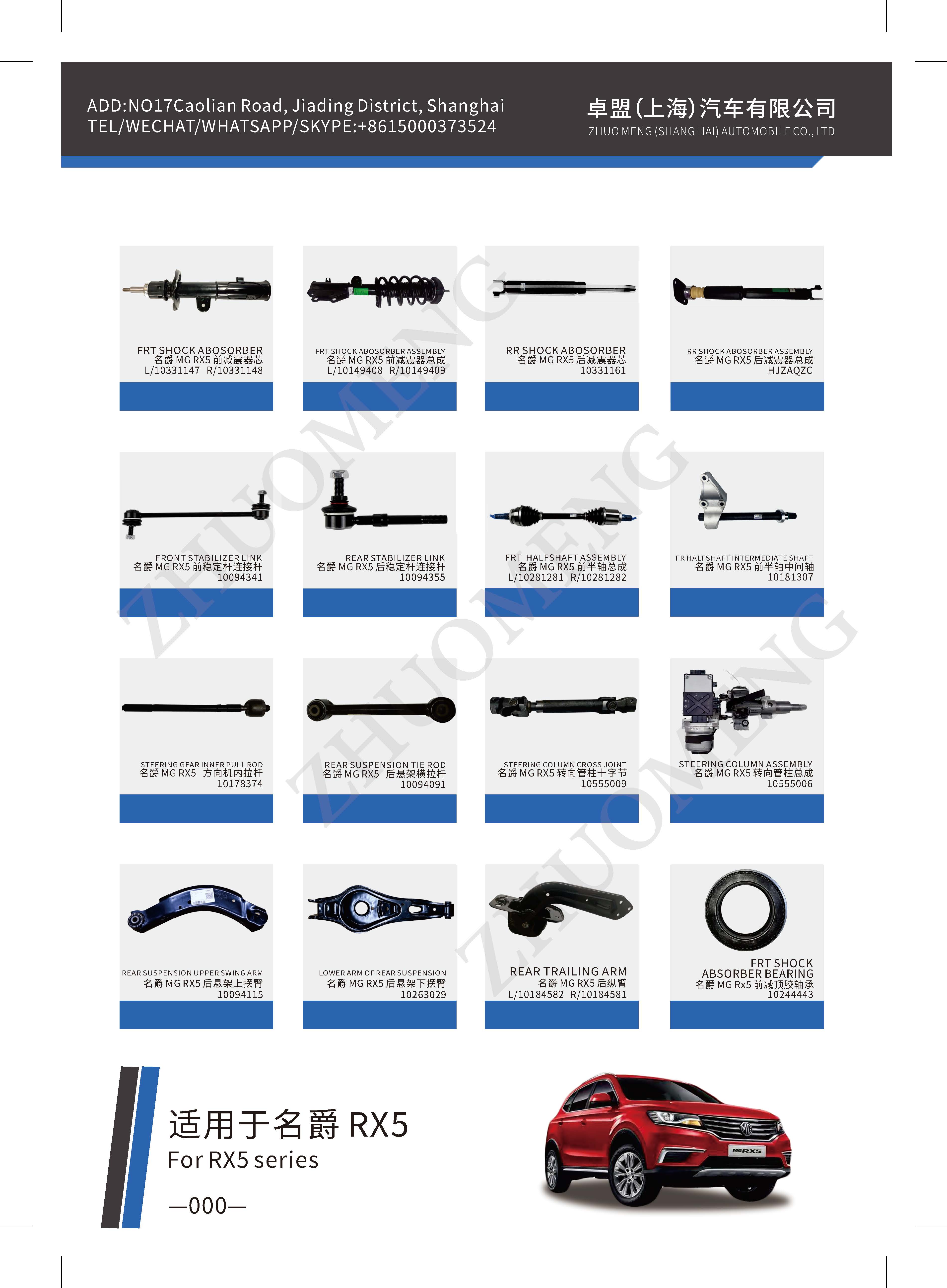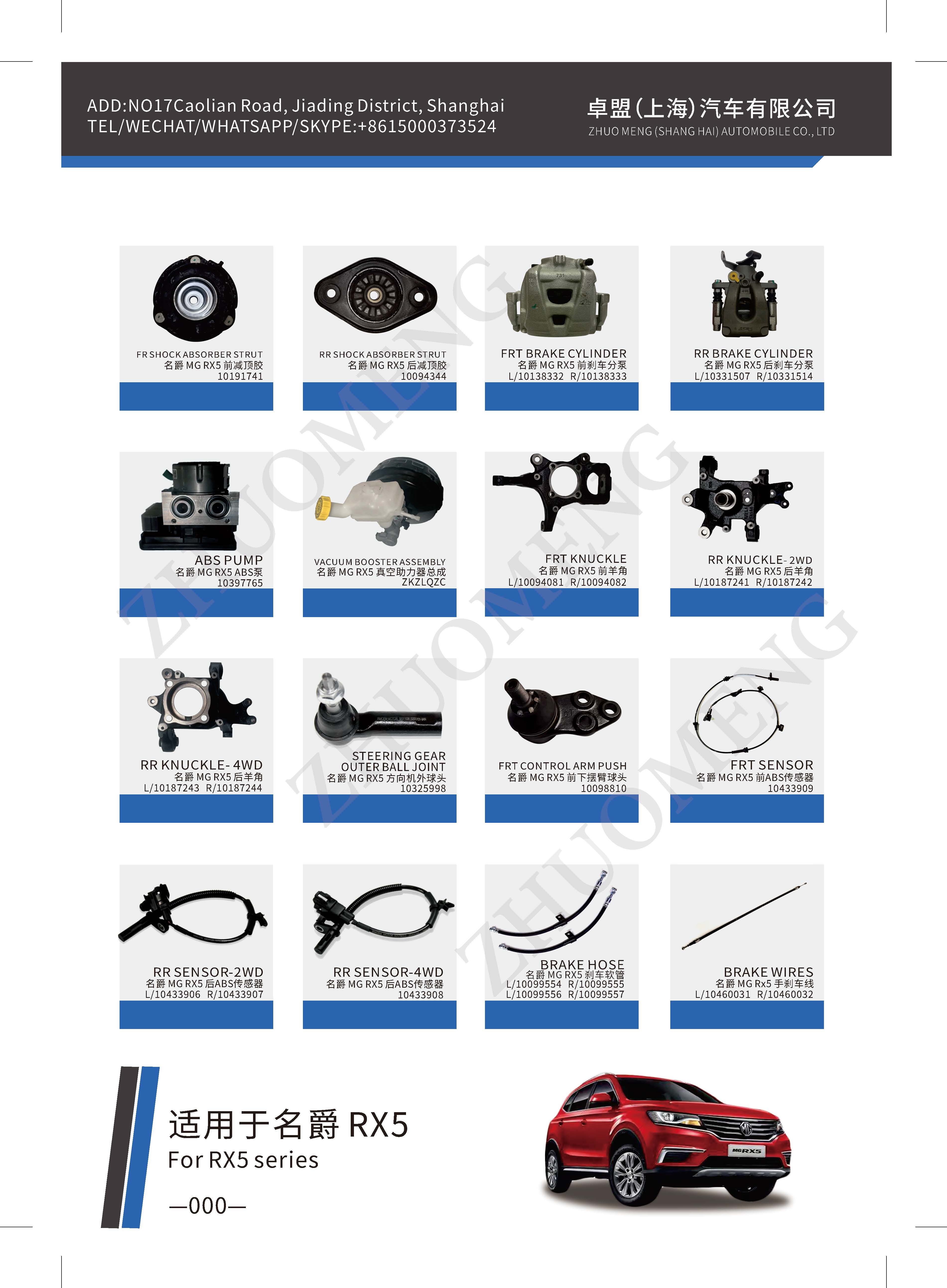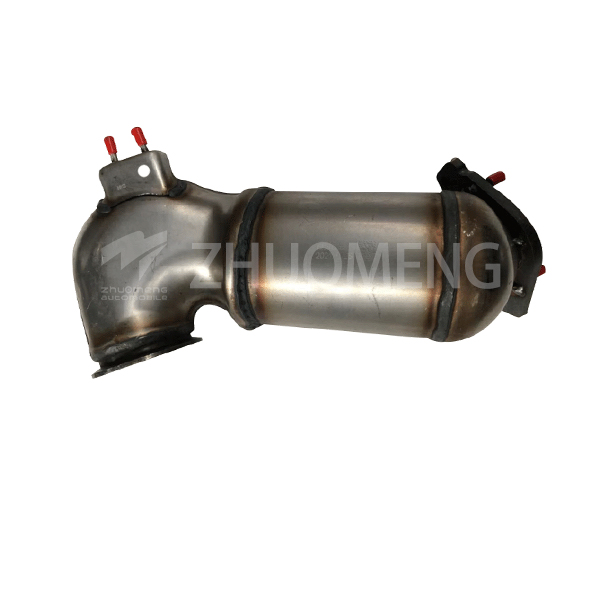The working principle of the three-way catalytic converter is: when the high temperature of the automobile exhaust through the purification device, the purifier in the three-way catalytic converter will enhance the activity of the three kinds of gas CO, hydrocarbons and NOx, to promote its oxidation - reduction chemical reaction, in which the CO oxidation at high temperature becomes colorless, non-toxic carbon dioxide gas; Hydrocarbons oxidize to water (H2O) and carbon dioxide at high temperatures; NOx is reduced to nitrogen and oxygen. Three kinds of harmful gas into harmless gas, so that car exhaust can be purified. Assuming there's still oxygen available, the air-fuel ratio is reasonable.
Due to the generally poor quality of fuel in China, the fuel contains sulfur, phosphorus and the antiknock agent MMT contains manganese. These chemical components will form chemical complexes on the surface of oxygen sensor and inside the three-way catalytic converter with the exhaust gas discharged after combustion. In addition, due to the driver's bad driving habits, or long-term driving on congested roads, the engine is often in an incomplete combustion state, which will form carbon accumulation in the oxygen sensor and three-way catalytic converter. In addition, many areas of the country use ethanol gasoline, which has a strong cleaning effect, will clean the scale in the combustion chamber but can not decompose and burn, so with the emission of waste gas, these dirt will also be deposited on the surface of the oxygen sensor and the three-way catalytic converter. It is due to many factors that make the car after driving for a period of miles, in addition to the carbon accumulation in the intake valve and combustion chamber, it will also cause oxygen sensor and three-way catalytic converter poisoning failure, three-way catalytic converter blockage and EGR valve blocked by sediment stuck and other failures, resulting in abnormal engine work, resulting in increased fuel consumption, power decline and exhaust exceeding the standard and other problems.
Traditional engine regular maintenance is limited to the basic maintenance of lubrication system, intake system and fuel supply system, but it cannot meet the comprehensive maintenance requirements of modern engine lubrication system, intake system, fuel supply system and exhaust system, especially the maintenance requirements of emission control system. Therefore, even if the vehicle long-term normal maintenance, it is difficult to avoid the above problems.
In response to such faults, the measures taken by maintenance enterprises are usually to replace oxygen sensors and three-way catalytic converters. However, due to the problem of replacement cost, the disputes between maintenance enterprises and customers continue. Especially those not to the service life of the replacement of oxygen sensors and three-way catalytic converters, are often the focus of disputes, many customers even attributed the problem to the quality of the car.
